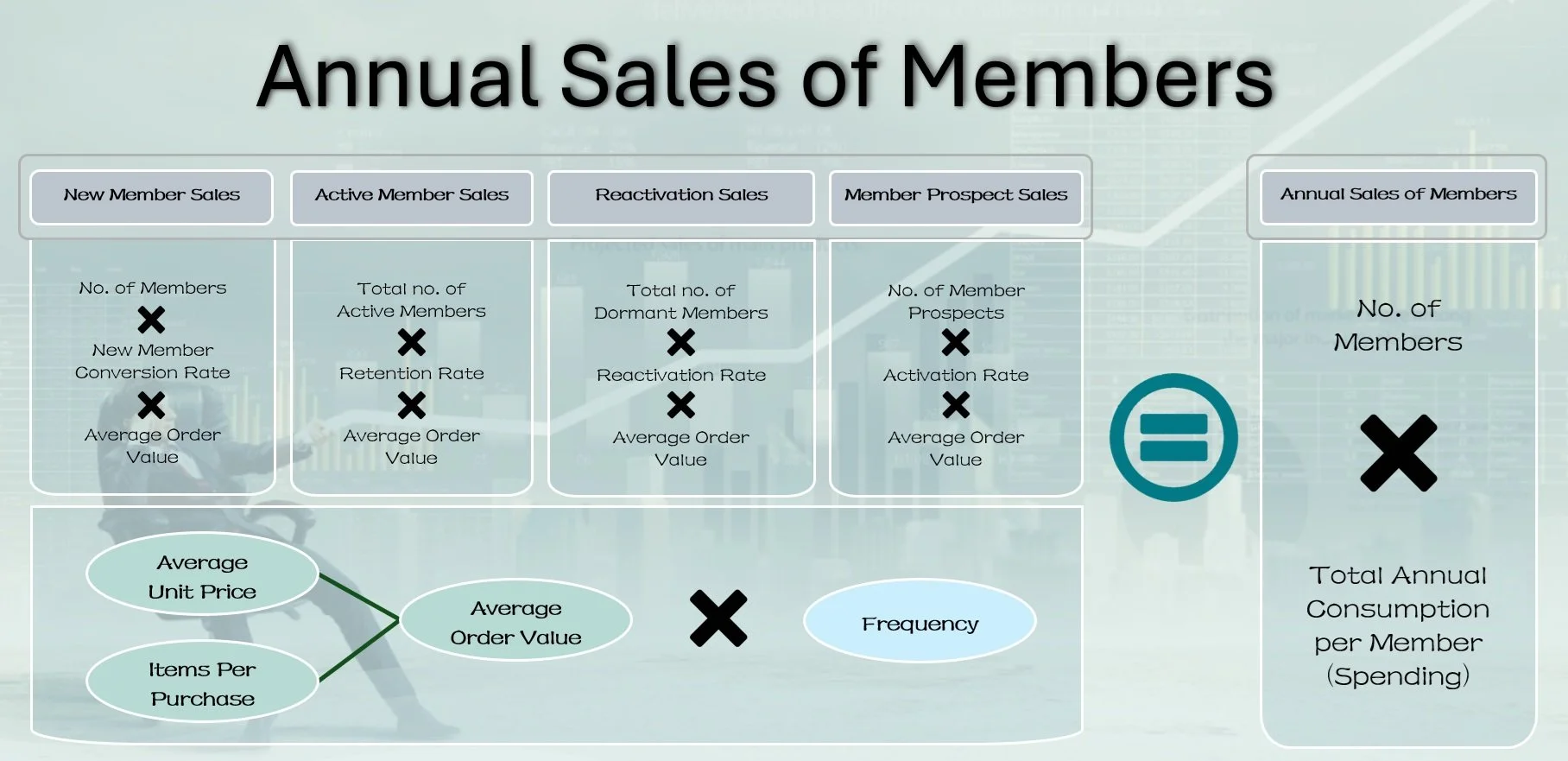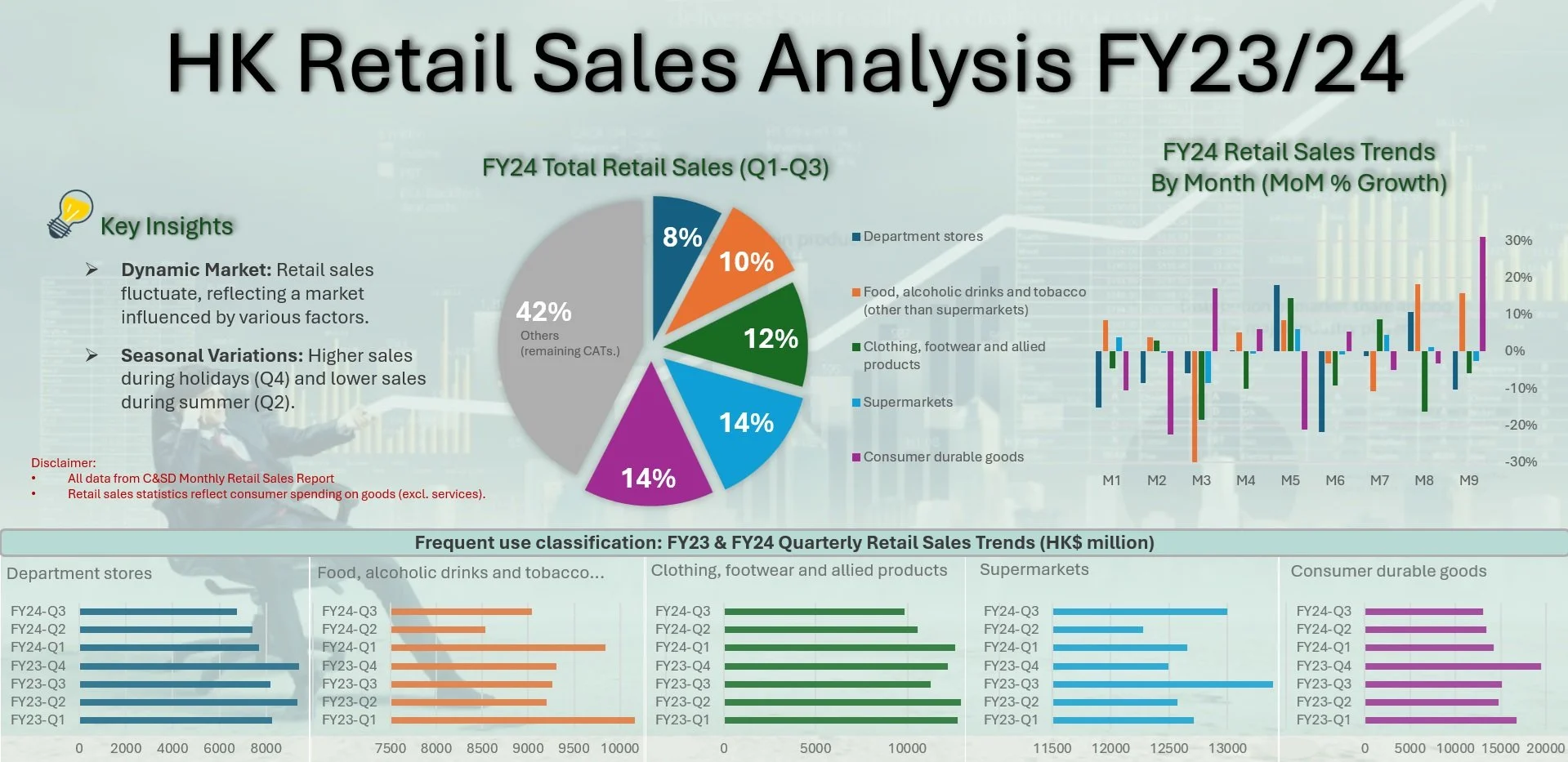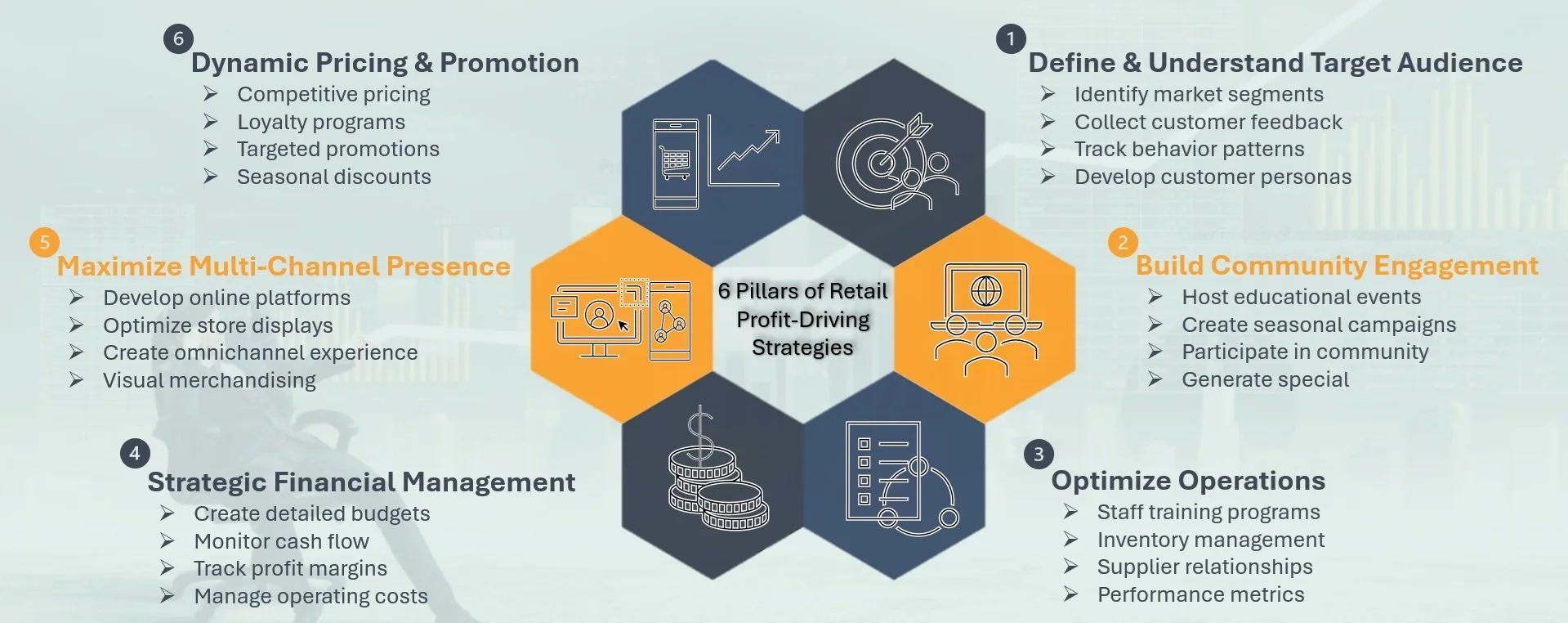Customer Analytics: Scaling Retail Personalization for Retention
Did you know retaining existing customers costs 5 times less than acquiring new ones?
In today's competitive retail landscape, customer retention isn't just about keeping customers – it's about sustainable growth. The retail environment has dramatically shifted since the COVID-19 pandemic, leading to a renewed focus on customer retention and the adoption of omnichannel strategies. Recent studies, including my own, highlight that retaining existing customers is not only more cost-effective than acquiring new ones but also crucial for sustainable growth, particularly in dynamic markets like Hong Kong.
The Evolution of Retail Strategy
The pandemic revealed the limitations of traditional retail models that relied heavily on isolated ecosystems, known as private domain economies. These models focused on creating closed environments through apps, membership systems, and personalized services. However, this limitation has significantly shifted towards omnichannel strategies, effectively merging e-commerce websites, mobile apps, and desktop applications to deliver seamless and personalized customer experiences (CX). According to PwC (2024), digital transformation has become essential for meeting the evolving demands of consumers across various touchpoints.
Understanding the Framework
In my research (Chau & James, 2025), I explore the relationship between customer retention and business success, examining 4 critical independent variables: Customer Care, Communication, Trust-Building, and Service Quality. These factors were hypothesized to influence customer retention and drive long-term business success. Based on a survey of over 100 consumers in Hong Kong, the data reveals good internal consistency across all variables. Statistical analysis shows that Customer Care and Communication significantly positively affect customer retention. However, contrary to initial expectations, Trust-Building and Service Quality did not show statistically significant relationships with customer retention. The below scatterplot shows a relatively random pattern around zero, suggesting that my regression model assumptions of homoscedasticity and linearity are reasonably met. BTW overall Cronbach's Alpha values are notably good (ranging from .710 to .861).
Customer Retention in Modern Retail
When businesses focus on retention strategies that combine personalized experiences with consistent service quality, they build lasting relationships that drive organic growth through positive word-of-mouth referrals. In today's competitive landscape, businesses prioritizing retention gain significant market share and profitability advantages. The impact of personalized customer care cannot be understated - it forms the foundation of strong customer relationships by creating emotional connections that enhance long-term loyalty.
The Impact of Customer Care
Personalized customer care is the cornerstone of strong customer relationships, creating emotional connections that enhance long-term loyalty. Efficient issue resolution and proactive support significantly drive satisfaction, especially in competitive markets with rising service expectations. Research shows that customers who receive personalized attention are three times more likely to remain loyal, as they feel valued and develop stronger emotional bonds with the brand.
Communication and Trust: The Cornerstones of Loyalty
Regular, transparent communication reinforces trust and demonstrates an ongoing commitment to customer satisfaction. Digital engagement, particularly with younger consumers, has become crucial for maintaining consistent connections. Trust serves as a fundamental catalyst for customer retention, acting as a buffer against competitive pressures and price variations. When customers develop trust in a brand, they become more resilient to competitive offerings and market fluctuations.
Elevating Service Quality through Customer Data Platforms
Superior service quality remains critical in meeting elevated consumer expectations, especially in competitive markets. The rise of Customer Data Platforms (CDPs) has transformed how retailers engage with customers, allowing for comprehensive tracking and analysis of customer journeys. CDPs integrate consumer profiles by storing a comprehensive set of IDs, allowing businesses to analyze the entire customer journey across both online and offline channels, thereby improving service quality.
The Seven Pillars of Value: Expanding Impact Beyond Customers
While customer retention strategies focus primarily on creating value for customers, it is essential to recognize that effective customer analytics initiatives simultaneously generate value across multiple stakeholder groups. The Seven Pillars of Value framework (Vt = Vc + Vf + Vo + Ve + Vp + Vs + Vn) illustrates how customer retention investments create a distributed value system encompassing customers (Vc), employees (Ve), partners (Vp), shareholders (Vo), nature (Vn), society (Vs), and the firm itself (Vf) as the central orchestrator. In the context of retail customer analytics, this framework demonstrates that the Customer Care and Communication strategies identified in this research not only enhance customer retention but also improve employee satisfaction through clearer customer interaction processes, strengthen partner relationships through improved customer lifetime value, deliver shareholder returns through reduced acquisition costs, and contribute to societal value through more sustainable business practices. This holistic perspective reinforces why customer retention strategies that cost five times less than acquisition represent more than just cost savings, they create sustainable value across the entire business ecosystem.
The Seven Pillars of Value.
Adapted from Building Value through Marketing: A Step-by-Step Guide by Sugai (2021). Copyright © 2021 by Routledge.
Measuring Success Through Customer Lifetime Value
Customer Lifetime Value (CLV) has emerged as a crucial metric in modern retail strategy. By analyzing data from CDPs, businesses can identify and prioritize high-value customer segments, leading to more efficient resource allocation and enhanced retention rates. Through systematic tracking of annual member sales data, businesses can calculate precise CLV metrics to inform their retention strategies. To effectively assess annual sales of members, companies should consider 4 key revenue streams: New member sales, Active member sales, Reactivation sales, and Member prospect sales.
This approach is particularly critical in Hong Kong's retail landscape, where seasonal variations and market challenges persist (from C&SD report). Recent data shows HK retail sales dropping 8.7% YoY in Sep 2024 (Trading Economics, 2024), prompting businesses to reflect on their performance and consider digital transformation to strengthen their CLV strategies through personalized customer journeys. While the Total Retail Sales of Consumer Goods (TRSCG) data from the Census and Statistics Department (C&SD) provides overall market trends across different retail categories, businesses must develop their own internal metrics and CLV analyses to effectively identify and retain high-value customers amongst these challenging market conditions. Detailed statistics in HK monthly retail sales summary are as follows:
The Power of Lead Scoring
Advanced Lead Scoring Models help businesses identify and prioritize potential customers based on behavior, engagement, and demographic information. When integrated with CDPs, lead scoring enables retailers to create more targeted and efficient approaches to both customer acquisition and retention. This integration allows for more precise targeting and personalized marketing efforts.
Profit-Driving Strategies
Transform your retail business with these key 6 interconnected strategies that maximize profitability.
Key Strategic Considerations
To navigate the evolving retail landscape, businesses must consider:
Market Analysis: What is your target market and potential market size?
Competitive Edge: How can we create a sustainable advantage in the field?
Customer Benefits: What unique value do we deliver that customers will pay for?
Business Model: Which revenue structure will deliver sustainable profit?
Growth Engine: What scalable channels will most efficiently acquire our target customers?
Internal Capacity: What organizational structure will best support our strategic goals?
Recommendations for Modern Retailers
Successful customer retention strategies should:
Implement comprehensive CDP systems for tracking customer behavior
Develop data-driven retention strategies based on CLV analysis
Focus on building trust through transparent communication
Invest in omnichannel capabilities for seamless experiences
Regularly measure and optimize retention metrics
Looking Forward
The future of retail belongs to businesses that can effectively combine customer analytics with relationship marketing principles. In Hong Kong's competitive retail environment, this integrated approach isn't just an advantage – it's essential for survival and growth. As we continue to navigate the post-pandemic landscape, the role of customer analytics in driving retention will only grow in importance, making it crucial for retailers to adapt and evolve their strategies accordingly.
Want to learn more about improving your retail business through customer analytics? Explore my related guides on improving E-commerce business and developing digital transformation strategies to stay ahead in today's competitive market!!




